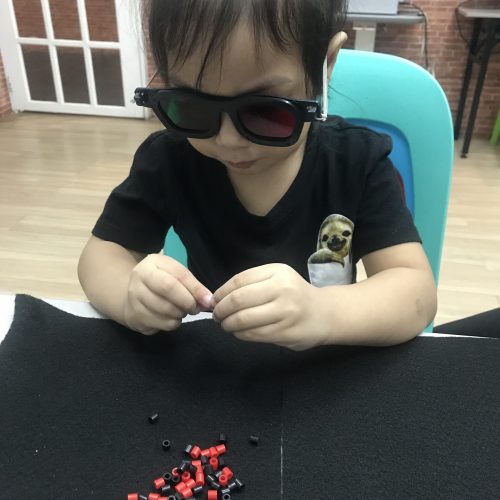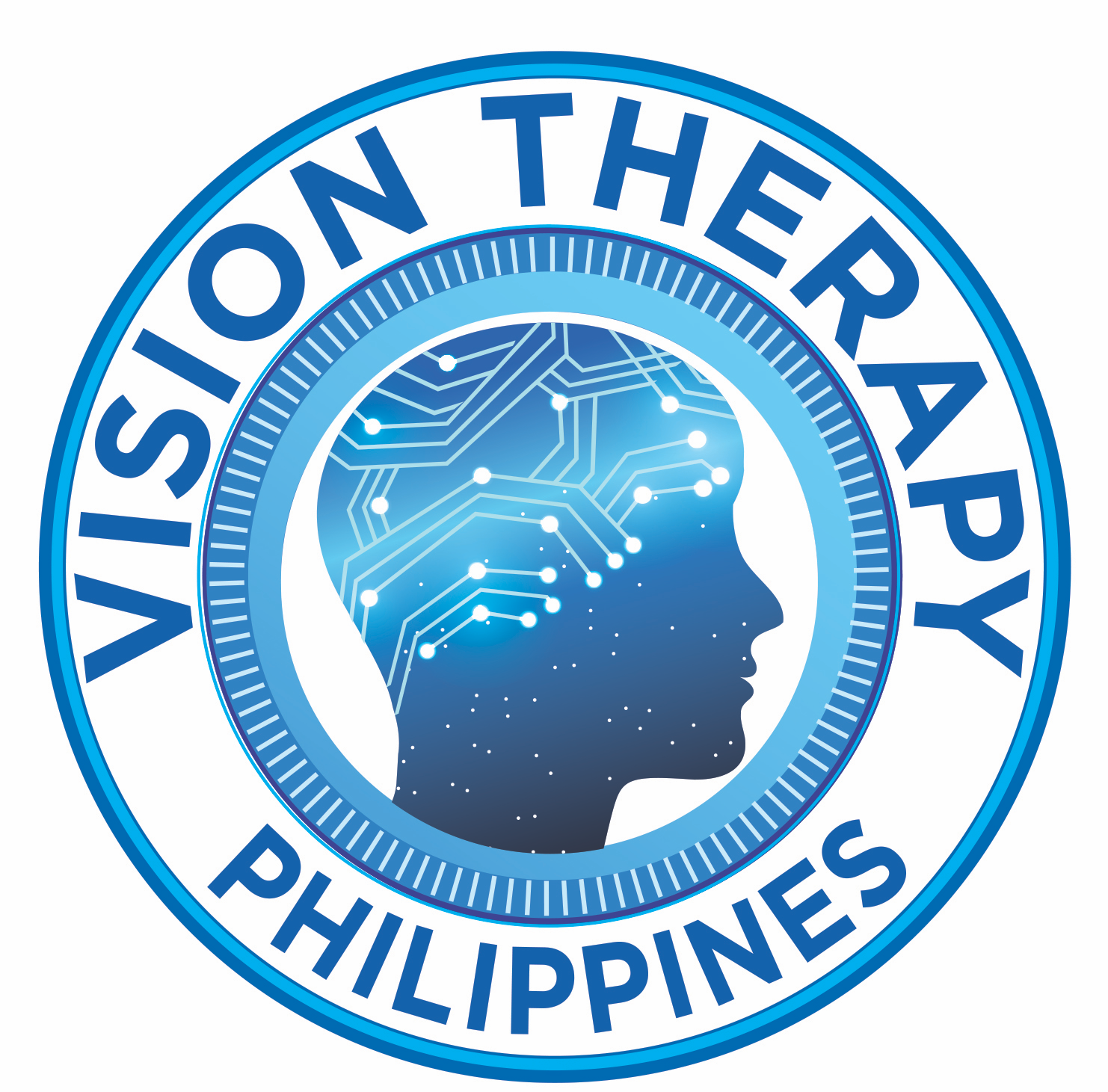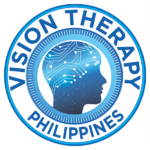Amblyopia
(Lazy Eye)
What is Amblyopia or Lazy Eye?
Amblyopia, commonly known as lazy eye, is the eye condition noted by reduced vision not correctable by glasses or contact lenses and is not due to any eye disease. The brain, for some reason, does not fully acknowledge the images seen by the amblyopic eye. This almost always affects only one eye but may manifest with reduction of vision in both eyes. It is estimated that three percent of children under six have some form of amblyopia.

Frequently Asked Questions
Both eyes must receive clear images during the critical period. Anything that interferes with clear vision in either eye during the critical period (birth to 6 years of age) can result in amblyopia (a reduction in vision not corrected by glasses or elimination of an eye turn). The most common causes of amblyopia are constant strabismus (constant turn of one eye), anisometropia (different vision/prescriptions in each eye), and/or blockage of an eye due to trauma, lid droop, etc. If one eye sees clearly and the other sees a blur, the good eye and brain will inhibit (block, suppress, ignore) the eye with the blur. Thus, amblyopia is a neurologically active process. The inhibition process (suppression) can result in a permanent decrease in the vision in that eye that cannot be corrected with glasses, lenses, or lasik surgery.
Early treatment of amblyopia or lazy eye is usually simple, employing eyeglasses, drops, Vision Therapy, and/or occlusion therapy. While detection and correction before the age of two is considered to offer the best outcomes, 21st century scientific research has disproven the long held belief that children over a certain age (seven or whatever) can not be successfully treated. In fact, many scientific studies on neuroplasticity of the brain in adults are now showing that therapies can improve the vision in amblyopic or lazy eye conditions in older children AND adults. In addition, scientific research has proven that long hours of eye patching are not > to gain positive results.
Treatment of amblyopia after the age of 17 is not dependent upon age but requires more effort including vision therapy. Every amblyopic patient deserves an attempt at treatment.
To quote Optometric Physician, Dr. Leonard J. Press, FAAO, FCOVD: “It’s been proven that a motivated adult with strabismus and/or amblyopia who works diligently at Optometric Vision Therapy can obtain meaningful improvement in visual function. As my patients are fond of saying: “I’m not looking for perfection; I’m looking for you to help me make it better”. It’s important that eye doctors don’t make sweeping value judgments for patients. Rather than saying “nothing can be done”, the proper advice would be: “You won’t have as much improvement as you would have had at a younger age; but I’ll refer you to a vision specialist who can help you if you’re motivated.“
In conclusion, improvements are possible at any age, but early detection and treatment offer the best outcome. If not detected and treated early in life, amblyopia can cause a permanent loss of vision with associated loss of stereopsis (two eyed depth perception). Better vision screenings are needed for young children. The 20/20 eye chart screening is not adequate.
Source: Dr. Jeffrey Cooper and Rachel Cooper

